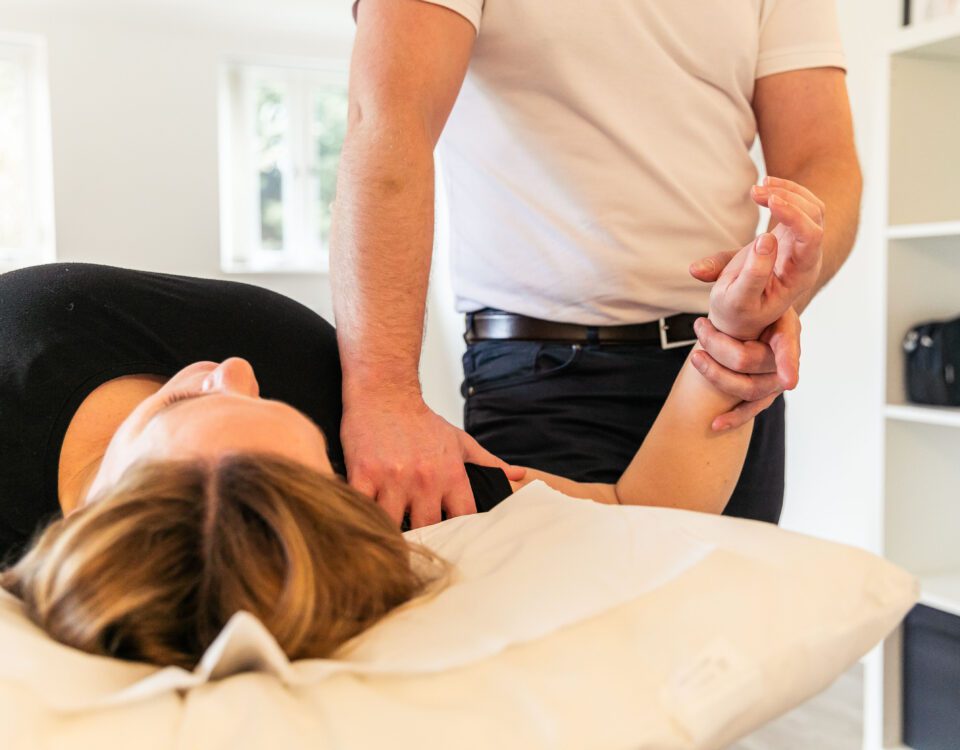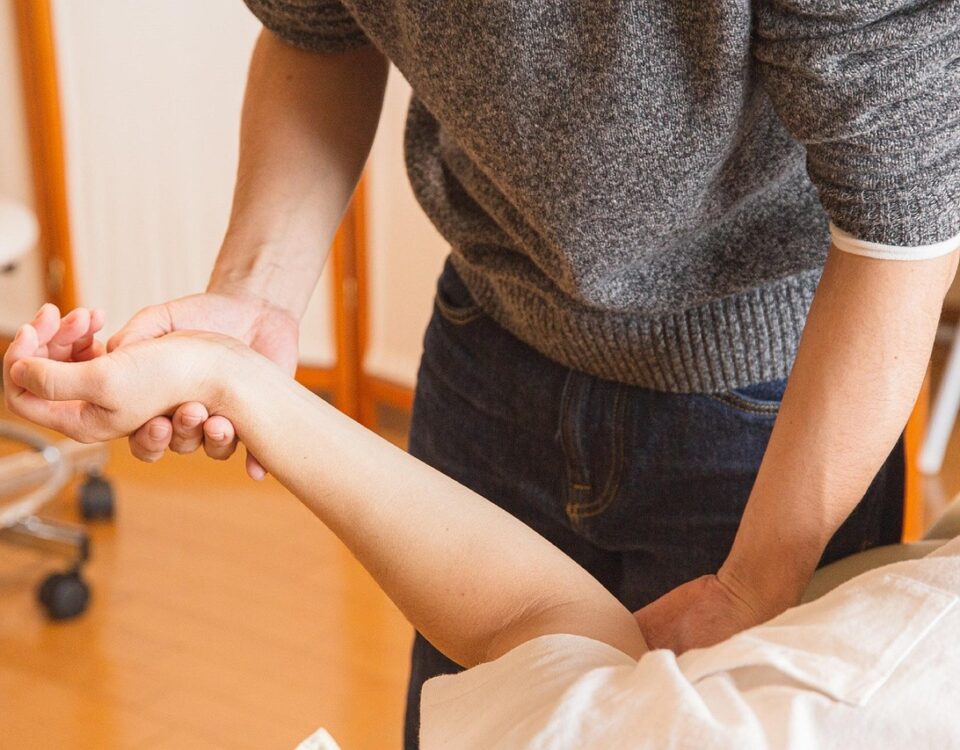
What Will My Osteopathy Appointment Be Like?
17 July 2025
Understanding Persistent Pain: Why It Lingers and How to Find Relief
Why does pain happen during certain activities but not others? At Body Plus, we help patients unravel these patterns—whether it’s golf swings or desk work—to find lasting relief.
Pain that comes and goes can be frustrating, especially when it seems tied to specific activities or environments. If you’ve tried stretching, adjusting your workstation, or even taking breaks, only to find the discomfort returns, you’re not alone. At Body Plus, we often see patients puzzled by pain that appears in one context but not another.
Let’s look at two real examples from our clinic—one involving golf-related back pain and another with work-from-home arm and neck discomfort, to explore what might be happening and how targeted care can help.
Case 1: Golf Pain That Wouldn’t Quit
The Patient: Andy, 52, an avid golfer who plays regularly at Thorndon Park Golf Club.
The Problem: Despite being fit and flexible, he noticed a sharp ache in his lower back after every round, particularly when driving. Rest helped temporarily, but the pain always returned.
What We Found:
-
Restricted rotation in his lead hip (left hip for his right-handed swing)
-
Overactive lower back muscles compensating for underused glutes
-
Poor weight transfer during his follow-through
How We Helped:
-
Gentle mobilisation to improve hip mobility
-
Golf-specific exercises to reinforce better movement patterns
-
Small adjustments to his stance and swing mechanics
The Result: Within six weeks, Andy was playing pain-free—and even added distance to his drives.
Case 2: The Mystery of Work-From-Home Arm Pain
The Patient: Sarah, 38, a project manager who split her time between the office and home.
The Problem: She developed persistent nerve-like pain in her right arm and neck—but only when working from home. In the office, she felt fine.
What We Found:
-
Her home setup forced her mouse arm into an awkward, elevated position
-
A slightly tilted laptop screen caused subtle but constant neck strain
-
Tension in her scalene muscles (neck muscles that can irritate nerves)
How We Helped:
-
Ergonomic adjustments to her home workspace
-
Nerve gliding exercises to reduce irritation
-
Hands-on treatment to release neck and shoulder tension
The Result: Her arm pain resolved within a few weeks, and she now alternates between home and office without discomfort.
Why Context Matters
Decoding Why Pain Happens During Certain Activities
Pain isn’t random. When it appears in specific situations—like during golf swings or at a home desk—it’s often a sign that something in that environment or movement pattern isn’t quite right. The key is identifying the subtle differences between when pain occurs and when it doesn’t.
For Andy, it was his swing mechanics and hip mobility. For Sarah, it was her workstation setup and posture. This explains why pain happens during certain activities, your body adapts until it can’t compensate further.
The solution wasn’t just rest or generic exercises—it was targeted care based on their unique situations.
What You Can Try
If you recognise similar patterns in your own pain, here are a few steps to explore:
-
Compare Environments or Activities
-
Tracking when pain happens during activities helps identify triggers. What’s different?
-
For desk-related pain: Compare your office setup to your home setup. Is your chair, screen, or mouse position different?
-
For sports pain: Are certain movements or phases of the activity triggering discomfort?
-
-
Experiment with Small Adjustments
-
Change one variable at a time (e.g., adjust your chair height, try a different mouse position, or modify your grip).
-
For golfers: Pay attention to weight shift during your swing. Are you staying balanced?
-
-
Listen to Your Body
-
Pain that’s tied to specific activities often improves when the underlying mechanics are addressed. If simple changes don’t help, it may be worth a professional assessment.
-
When to Seek Help
Consider booking a consultation if:
-
Pain keeps returning in certain situations
-
You’ve tried adjustments without lasting relief
-
The discomfort is affecting your daily life or enjoyment of activities
At [Clinic Name], we specialise in identifying these patterns and creating personalised plans to help you move and feel better. Whether it’s golf, work-related pain, or something else, we’re here to help you find the root cause—not just mask the symptoms.
If you’d like to explore how osteopathy could help your specific situation, please give us a call on 01277 801 920.
Because pain shouldn’t be a permanent part of your routine—whether you’re on the course, at your desk, or anywhere else.
To see some of our easy to follow mobility exercises click here
To book your initial consolation and get your personalised plan click here



